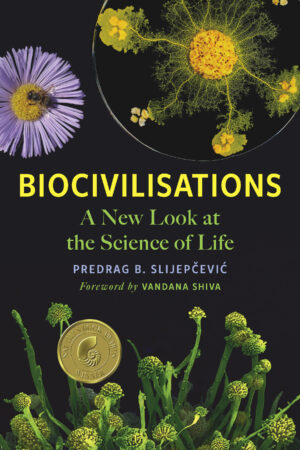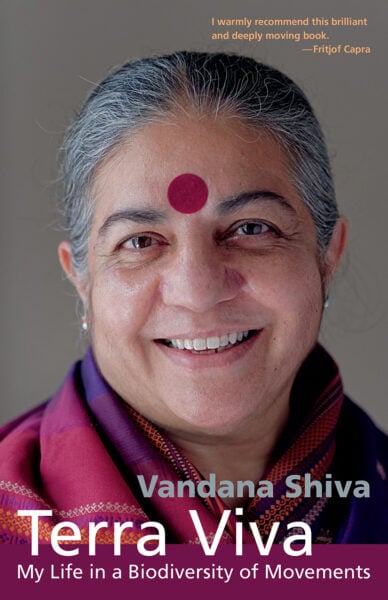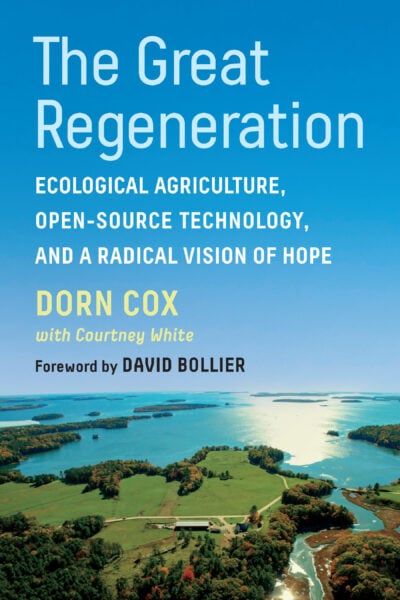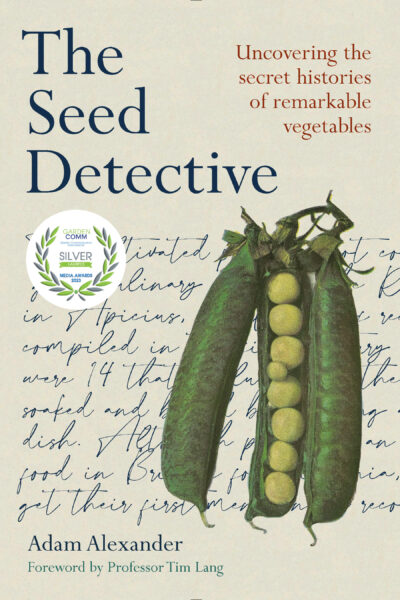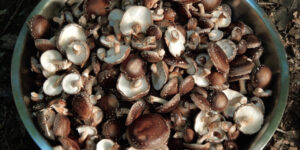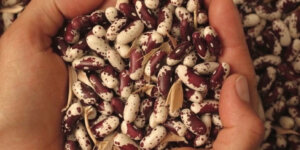Microbes: The Internet of Living Things
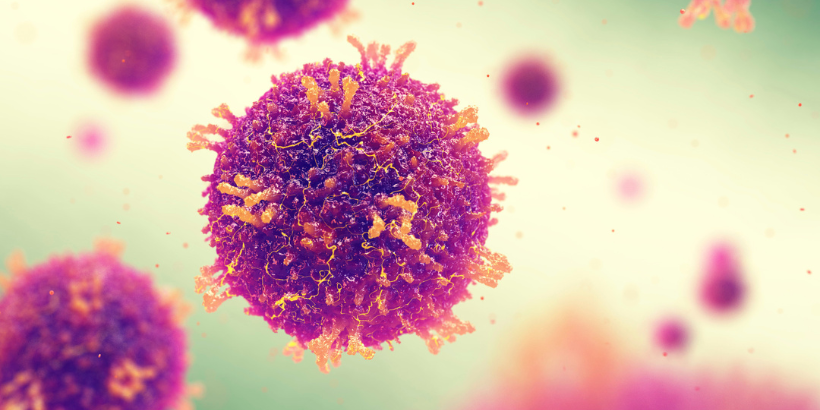
Believe it or not, the Internet wasn’t exactly a human invention. The World’s First Internet was created by microbes, the tiny organisms that are responsible for all life on Earth. Before humans were even close to existing, microbes were hard at work creating their very own Internet of Things — and today, our very own World Wide Web is built around their model.
The following is an excerpt from Biocivilisations: A New Look at the Science of Life by Dr. Predrag Slijepčević. It has been adapted for the web.
The World’s First Internet
Creating a huge global network connecting billions of individuals might be one of humanity’s greatest achievements, but microbes beat us to it by more than three billion years. These tiny single-cell organisms aren’t just responsible for all life on Earth, they also have their own versions of the World Wide Web and the Internet of Things. Here’s how it works.
Much like our own cells, microbes treat pieces of DNA as coded messages. These messages contain information for assembling proteins into molecular machines that can solve specific problems, such as repairing the cell. But microbes don’t just get these messages from their own DNA. They also swallow pieces of DNA from their dead relatives or exchange them with living mates. These DNA pieces are then incorporated into their genomes, which are like computers overseeing the work of the entire protein machinery. In this way, the tiny microbe is a flexible learning machine that intelligently searches for resources in its environment. If one protein machine doesn’t work, the microbe tries another one. Problems are solved through trial and error.
Original Societies: Microbe Colonies
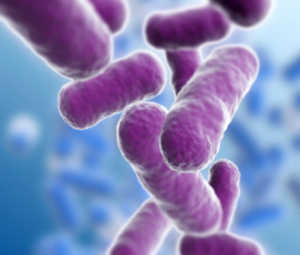 But microbes are too small to act on their own. Instead, they form societies. Microbes have been living as giant colonies, containing trillions of members, since the dawn of life on Earth. These colonies have even left behind mineral structures known as stromatolites. These are microbial metropolises, frozen in time like Pompeii, that provide evidence of life from billions of years ago. Microbial colonies are constantly learning and adapting. They emerged in the oceans and gradually conquered the land – and at the heart of their exploration strategy was information exchange. As we’ve seen, individual members communicate by exchanging chemical messages in a highly coordinated fashion. In this way, microbial society effectively constructs a collective ‘mind’. This mind directs pieces of software, written in DNA code, back and forth between trillions of microbes with a single aim: to fully explore the local environment for resources. When resources are exhausted in one place, microbial expedition forces advance to find new lands of plenty. They transmit their discoveries back to base using different kinds of chemical signals, directing microbial society to transform from settlers to colonisers. In this way, microbes eventually conquered the planet, creating a global microbial network that resembles the World Wide Web, but using biochemical signals instead of electronic-digital ones. In theory, a signal emitted by bacteria in waters around the South Pole could travel almost instantaneously to bacteria in the waters around the North Pole.
But microbes are too small to act on their own. Instead, they form societies. Microbes have been living as giant colonies, containing trillions of members, since the dawn of life on Earth. These colonies have even left behind mineral structures known as stromatolites. These are microbial metropolises, frozen in time like Pompeii, that provide evidence of life from billions of years ago. Microbial colonies are constantly learning and adapting. They emerged in the oceans and gradually conquered the land – and at the heart of their exploration strategy was information exchange. As we’ve seen, individual members communicate by exchanging chemical messages in a highly coordinated fashion. In this way, microbial society effectively constructs a collective ‘mind’. This mind directs pieces of software, written in DNA code, back and forth between trillions of microbes with a single aim: to fully explore the local environment for resources. When resources are exhausted in one place, microbial expedition forces advance to find new lands of plenty. They transmit their discoveries back to base using different kinds of chemical signals, directing microbial society to transform from settlers to colonisers. In this way, microbes eventually conquered the planet, creating a global microbial network that resembles the World Wide Web, but using biochemical signals instead of electronic-digital ones. In theory, a signal emitted by bacteria in waters around the South Pole could travel almost instantaneously to bacteria in the waters around the North Pole.
Using Microbes to Advance Technology
The similarities to human technology don’t stop there. Scientists and engineers are now working on expanding our own information network into the Internet of Things, integrating all manner of devices by equipping them with microchips to sense and communicate. Your fridge will be able to alert you when it is out of milk. Your house will be able to tell you when it is being burgled. But microbes built their version of the Internet of Things a long time ago. We can call it the Internet of Living Things, better known as the biosphere. Every organism on the planet is linked in this complex network that depends on microbes for its survival. More than a billion years ago, one microbe found its way inside another microbe that became its host. These two microbes became a symbiotic hybrid known as the eukaryotic cell, the basis for most of the life forms we are familiar with today. All plants and animals are descended from this microbial merger and so they contain the biological ‘plug-in’ software that connects them to the Internet of Living Things.
For example, humans are designed in a way that means we cannot function without the trillions of microbes inside our bodies (our microbiome) that help us do things like digest food and develop immunity to germs. We are so overwhelmed by microbes that we imprint personal microbial signatures on every surface we touch.
The Internet of Living Things is a neat and beautifully functioning system. Plants and animals live on the ecological waste created by microbes, while to microbes all plants and animals are, as author Howard Bloom puts it, ‘mere cattle on whose flesh they dine’, whose bodies will be digested and recycled one day.
Microbes are even potential cosmic tourists. If humans travel into deep space, our microbes will travel with us. The Internet of Living Things may have a long cosmic reach. The paradox is that we still perceive microbes as inferior organisms. The reality is that microbes are the invisible and intelligent rulers of the biosphere. Their global biomass exceeds our own. They are the original inventors of the information-based society. Our internet is merely a by-product of the microbial information game initiated three billion years ago.29
Notes
29. Predrag Slijepčević, ‘Micobes have their own version of the internet,’ The Conversation (4 August 2017), https://theconversation.com/microbes-have-their-own-version-of-the-internet-75642.
Recommended Reads
Open-Source Systems: How Communities Can Help Promote Regenerative Agriculture
Recent Articles
Garlic mustard: while known as “invasive,” this plant can be consumed in its entirety and has great nutritional value. Plus, the garlic-flavor is a perfect addition to any recipe that calls for mustard! The following are excerpts from Beyond the War on Invasive Species by Tao Orion and The Wild Wisdom of Weeds by Katrina…
Read MorePeregrine falcons, while known as predators, are essential to our environment. These stunning birds have a rich history, an interesting present, and an uncertain future. The following is an excerpt from Feather Trails by Sophie A. H. Osborn. It has been adapted for the web. Who Are Peregrine Falcons? Though relatively uncommon wherever it occurs,…
Read MoreWondering where to forage for greens this spring? Look no further than hedges, which serve as natural havens for wild greens and herbs! The following is an excerpt from Hedgelands by Christopher Hart. It has been adapted for the web. Food from Hedges: Salads and Greens Let’s start by looking at all the wild foods…
Read MoreInterested in becoming a mushroom farmer? Shiitake mushrooms are one of the easiest and most profitable places to start. The following is an excerpt from Farming the Woods by Steve Gabriel and Ken Mudge. It has been adapted for the web. (Photographs courtesy of Steve Gabriel and Ken Mudge unless otherwise noted.) The Stunning Shiitake…
Read MoreHow do you know if you’re picking the right seeds? Here are some easy tips on choosing the best seed crop for your environment. The following is an excerpt from The Organic Seed Grower by John Navazio. It has been adapted for the web. Seed Crop Characteristics There are a number of prominent characteristics of…
Read More

